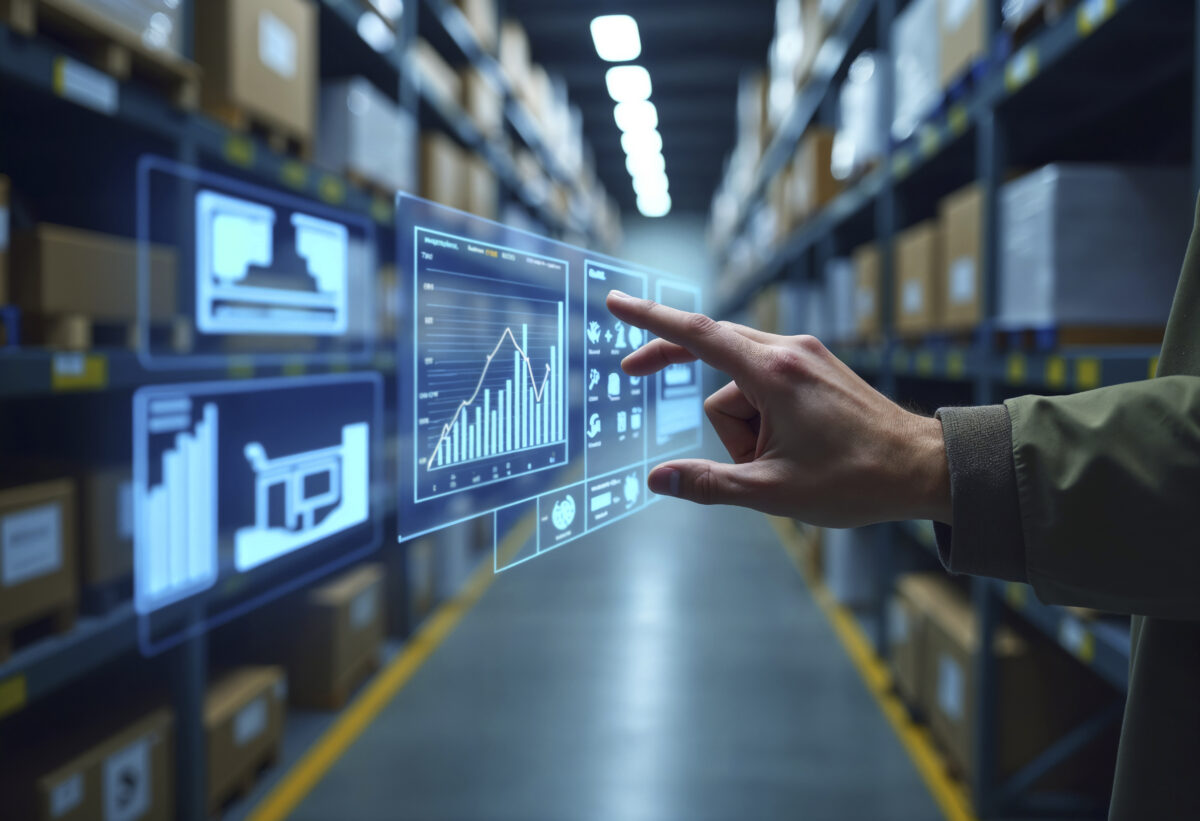In today’s hyper-competitive global market, businesses are under constant pressure to deliver faster, reduce costs, and meet ever-evolving customer expectations. One of the most powerful strategies to meet these demands is Supply Chain Automation. By integrating digital technologies and intelligent tools into supply chain processes, companies can significantly enhance efficiency, agility, and accuracy across the board.
Among the many facets of supply chain automation, demand forecasting stands out as a game-changer. Accurate forecasting directly impacts inventory management, production planning, procurement, logistics, and customer satisfaction.
What is Supply Chain Automation?
Supply Chain Automation refers to the use of digital technologies like Artificial Intelligence (AI), Machine Learning (ML), Internet of Things (IoT), and Robotic Process Automation (RPA) to automate repetitive tasks, streamline processes, and enhance decision-making across the supply chain.

Key areas that benefit from automation include:
- Procurement & Purchase Orders
- Inventory Management
- Warehouse Operations
- Logistics and Transportation
- Order Fulfillment
- Production Scheduling
- Demand Forecasting
By automating these functions, businesses can:
- Minimize human errors
- Improve speed and accuracy
- Reduce manual intervention
- Gain real-time visibility across the supply chain
- Enhance customer satisfaction
The Role of Demand Forecasting in Supply Chain Automation
Demand forecasting is the practice of predicting customer demand for a product or service over a specific period. When powered by automation and AI, it becomes a critical enabler of supply chain efficiency.
Why Is Demand Forecasting Crucial?
Inaccurate forecasting can lead to:
- Stockouts, resulting in lost sales
- Overstocking, increasing holding costs
- Inefficient production schedules
- Customer dissatisfaction
- Wasted resources
On the other hand, accurate forecasting helps:
- Align supply with actual demand
- Optimize inventory levels
- Improve resource planning
- Enhance vendor relationships
- Enable proactive decision-making
In a modern automated supply chain, demand forecasting uses historical data, real-time market trends, seasonal behavior, and even external variables like weather and economic indicators to generate reliable predictions.
Also Read- Sales Process Automation: Streamlining Success in 2025
Benefits of Supply Chain Automation with Demand Forecasting
1. Reduced Operational Costs
Automated demand forecasting helps eliminate guesswork. It enables data-driven procurement and production planning, reducing excess inventory, wastage, and storage costs.
2. Improved Inventory Management
Real-time visibility into inventory and accurate demand projections allow businesses to maintain optimal stock levels, reducing both shortages and overstock scenarios.
3. Enhanced Customer Satisfaction
With the right products available at the right time, businesses can fulfill customer expectations more consistently, improving loyalty and brand reputation.
4. Faster Response to Market Changes
AI-powered forecasting systems continuously learn from new data, allowing companies to respond swiftly to changing market conditions or sudden demand shifts.
5. Scalable Operations
As businesses grow, manual forecasting and planning become increasingly impractical. Automation supports scalability by efficiently handling growing data volumes and complex processes.
Explore more about their intelligent forecasting tools and how they can optimize your production planning here:
There is a Great Blog on Intelligent Demand Forecasting and how to optimize the Production with Demand Forecasting automation Solutions.
Real-World Applications of Automated Demand Forecasting
Retail and E-commerce
Retailers use automated forecasting to manage seasonal inventory, plan promotions, and ensure product availability without overstocking.
Manufacturing
Manufacturers leverage forecasting to schedule production, manage raw materials, and reduce lead times.
FMCG and Consumer Goods
Fast-moving consumer goods companies rely on precise demand predictions to ensure perishable goods are sold before expiration and restocked on time.
Pharmaceuticals
Demand forecasting helps pharma companies prevent stockouts of critical drugs while ensuring regulatory compliance.
Implementing Supply Chain Automation: Best Practices
To successfully implement supply chain automation with demand forecasting, follow these steps:
Train Your Team
Equip your workforce with the skills to interpret forecast data and use automation tools effectively.
Assess Current Supply Chain Processes
Identify bottlenecks, manual touchpoints, and inefficiencies.
Invest in Scalable Technologies
Choose flexible platforms that can integrate with your existing tech stack.
Start Small, Scale Fast
Begin with a pilot project—like automating demand forecasting—and scale based on results.
Ensure Data Accuracy
Clean, structured, and real-time data is the backbone of automated systems.
Future of Supply Chain Automation
With the rise of Industry 4.0, supply chain automation will only continue to evolve. Predictive analytics, autonomous logistics, blockchain-based transparency, and AI-led decision-making are shaping the next wave of innovation.
As businesses strive for agility, accuracy, and sustainability, integrating AI-powered demand forecasting solutions like those from Mearas Technologies will become not just a competitive advantage but a necessity.
Final Thoughts
Supply chain automation, when paired with smart demand forecasting, transforms how businesses operate. It brings predictability, reduces waste, and creates a more responsive and resilient supply chain.
Whether you’re a manufacturer, distributor, or retailer, it’s time to move beyond traditional methods and embrace the power of AI and automation.


